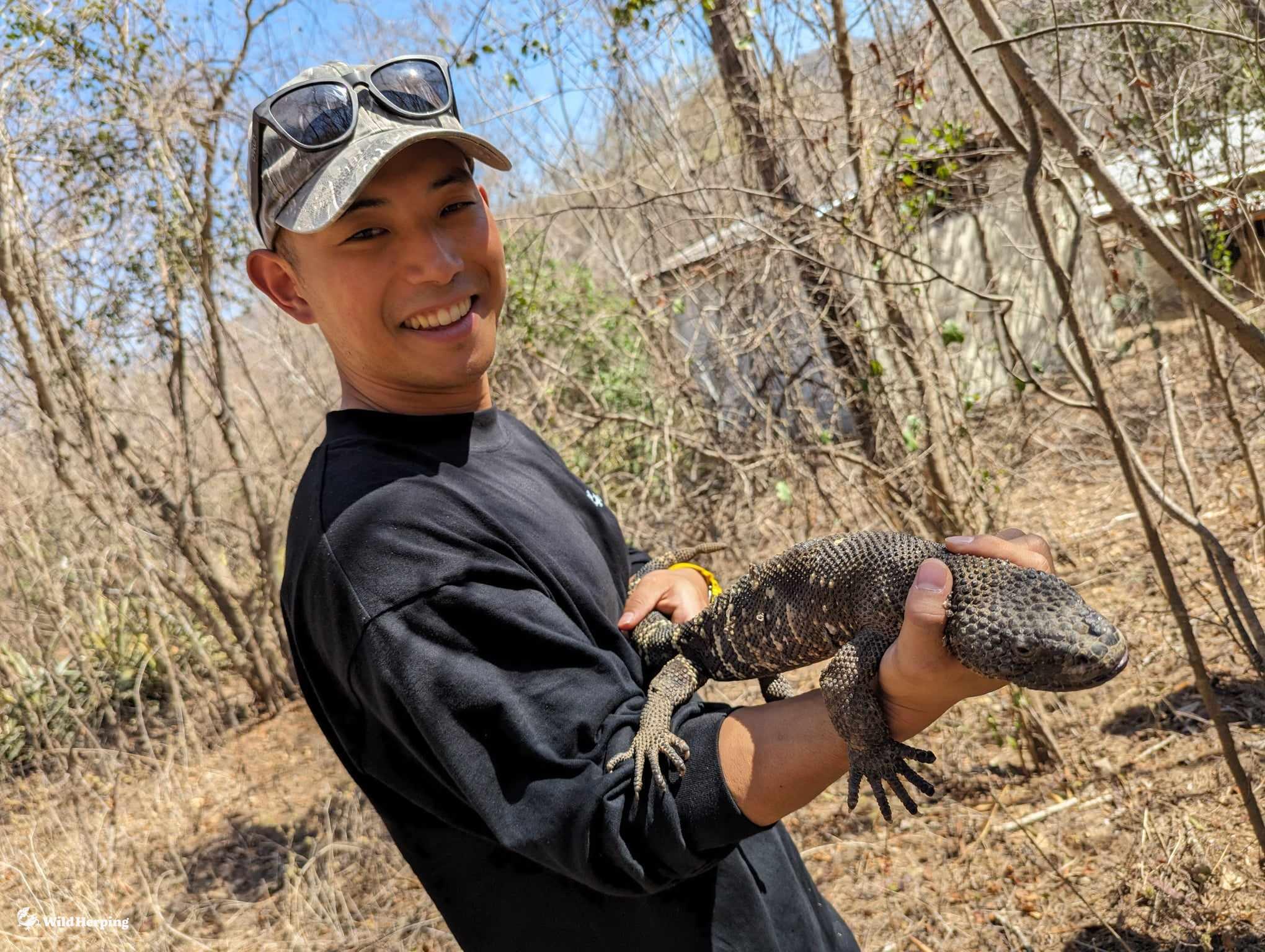This time, I went herping in Amami Oshima, mainly searching for reptiles and amphibians.
Amami Oshima is an island with rich nature covering its entire area, home to a unique ecosystem and many endemic species. Here are some of the amazing wildlife encounters from this trip.
Evening Observation
Since I arrived in the evening, I immediately headed into the forest.
The first animal I encountered was the Ryukyu keelback(Hebius pryeri). It was near a puddle, probably looking for its favorite prey—frogs. Usually, they are spotted at night, so this was a rare encounter.

In the same puddle, there were many Amami Sword-tail newt(Cynops ensicauda ensicauda).

It was also the season for damselflies, and I could see many coming to lay eggs.

Night Observation: Birds and Mammals
After dinner, I started the night survey.
The first bird that appeared was the Amami woodcock (Scolopax mira). At first glance, it looks similar to the Eurasian woodcock, but while the latter is a migratory bird found worldwide, the Amami woodcock is a resident species that can only be seen in this area—an extremely rare bird.
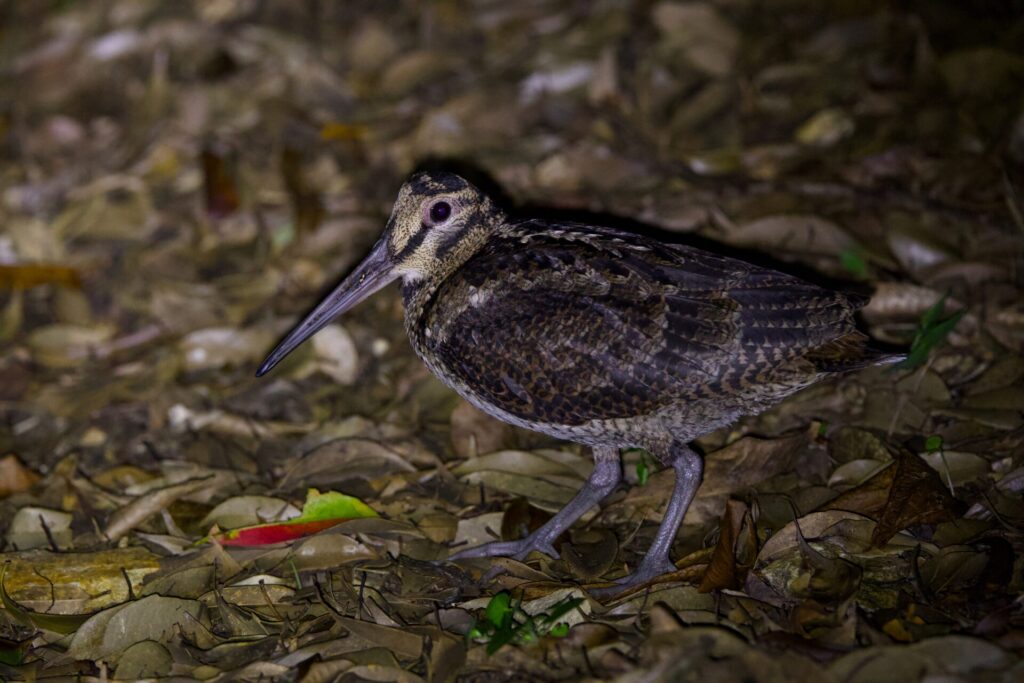
Another highlight of Amami Oshima is the Amami rabbit (Pentalagus furnessi). With its short ears and primitive characteristics such as the unique call when startled, this rabbit is the only member of its genus. Luckily, I was able to observe more than 10 individuals in just one night.
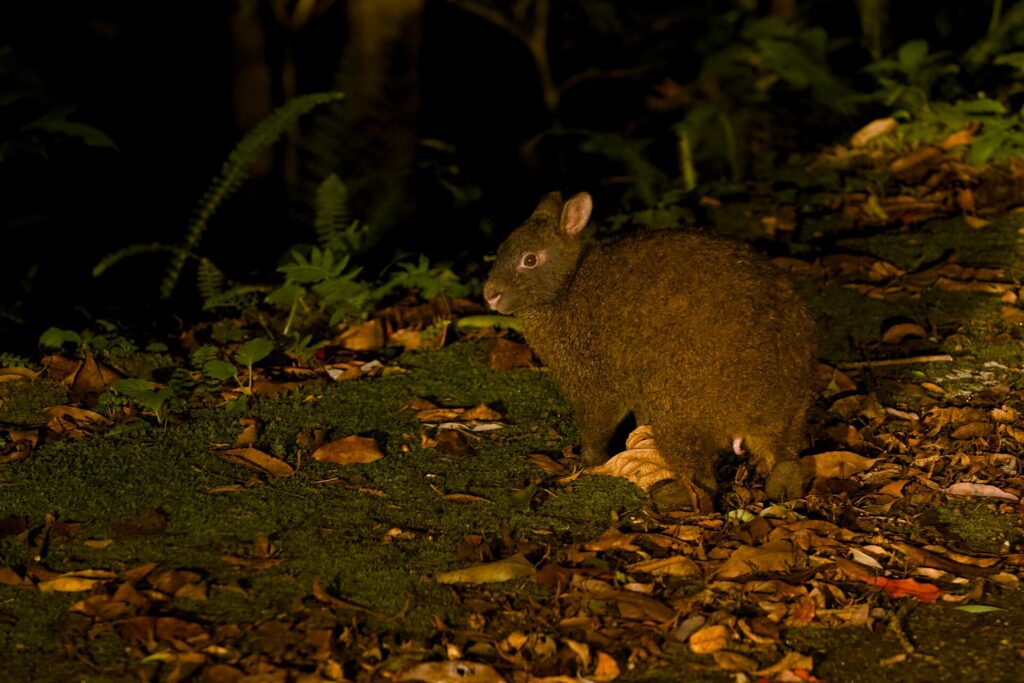

Night Observation: Reptiles
Next, I encountered the Ryukyu odd-tooth snake (Lycodon semicarinatus), locally known as “Akamata.” This snake is very common in the Nansei Islands and is famous for its voracious diet. It is known to eat frogs, snakes, rats, and even swallow venomous habus whole.
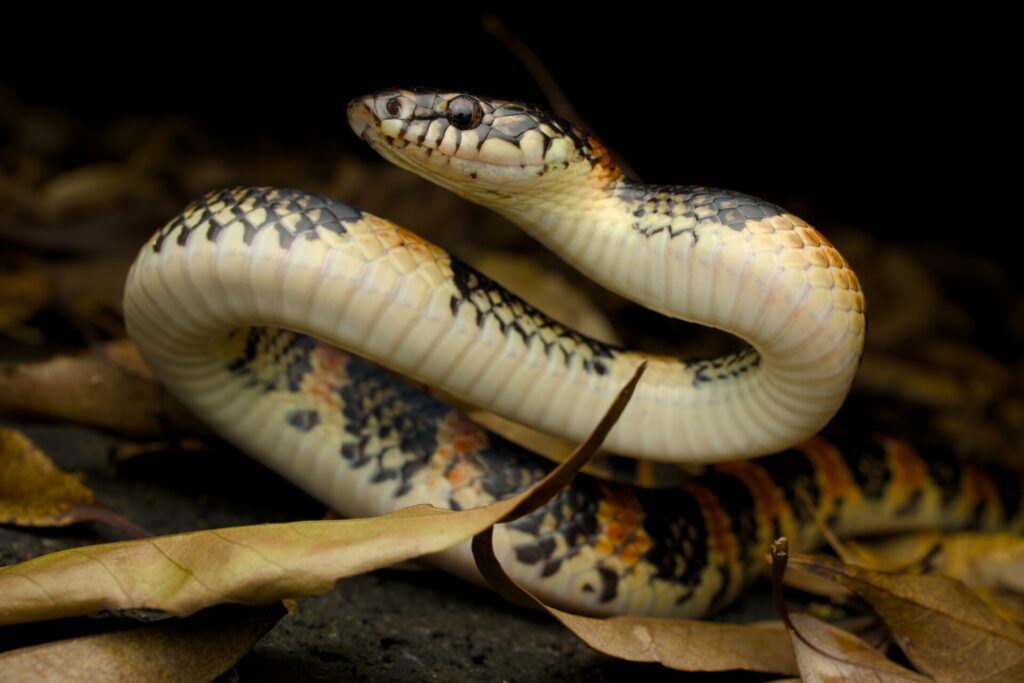
Soon after, I spotted the Otton frog (Babina subaspera), an endemic species of Amami Oshima and Kakeromajima. Its most distinctive feature is having five fingers on its forelimbs, unlike most frogs which only have four. Upon closer inspection with a stick, I could confirm the presence of the fifth finger, called the “thumb,” which conceals a sharp bony spine. Handling this frog carelessly can cause injury. This unique characteristic has earned it the English nickname “flick knife frog.”
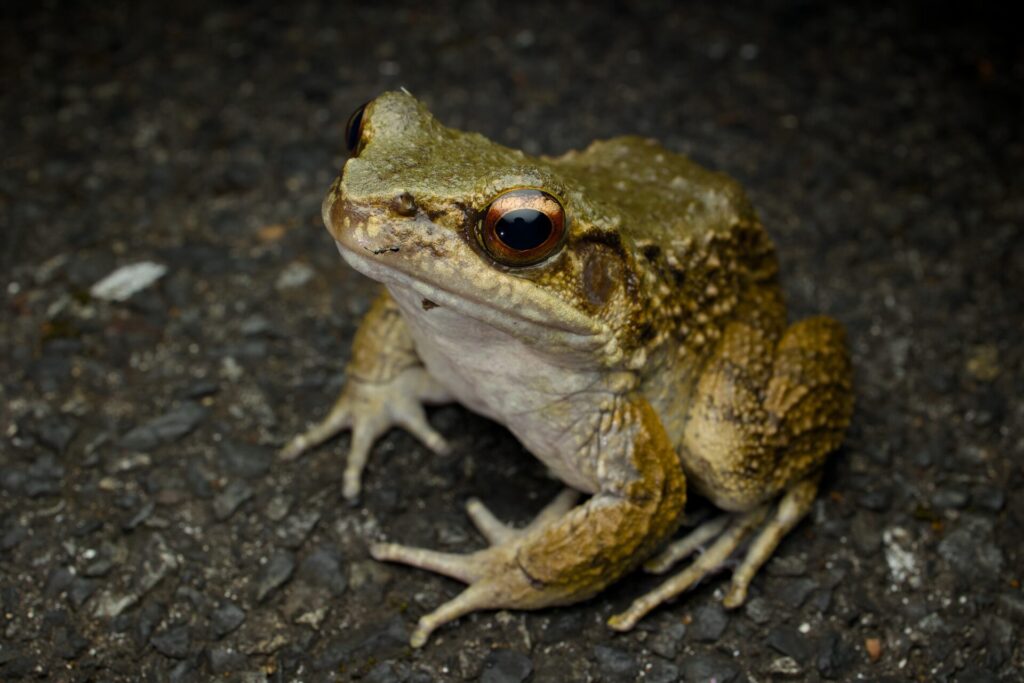
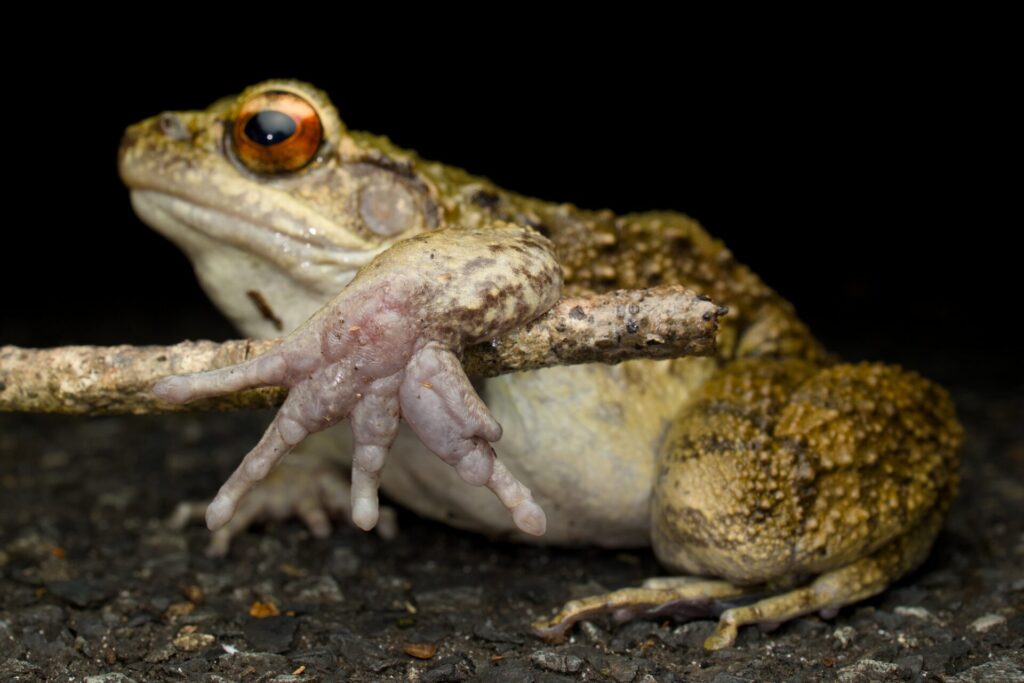
Later, I encountered a hypomelanistic Habu (Protobothrops flavoviridis), often referred to as the “kin-habu.” Unlike the normal habu, its dark pigments are missing, making it blend perfectly into the forest floor.
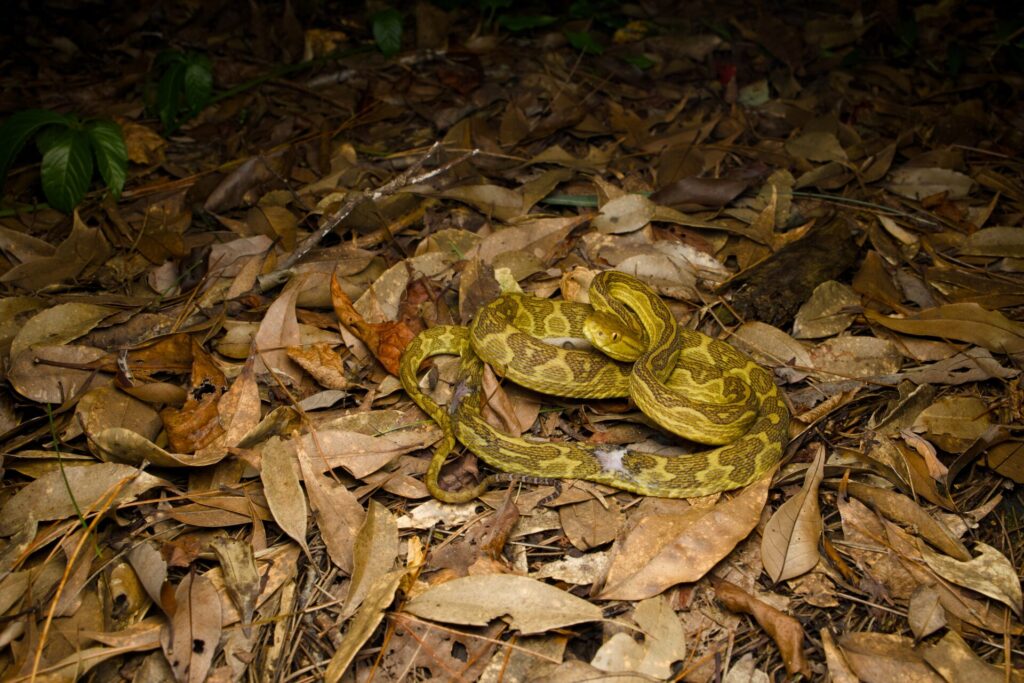
Interestingly, this individual had bite marks on its body. Although the small Indian mongoose (Urva auropunctata) was declared eradicated from Amami, it was once introduced to control habu snakes but caused severe damage to native species. I hope these bite marks were not from a surviving mongoose.
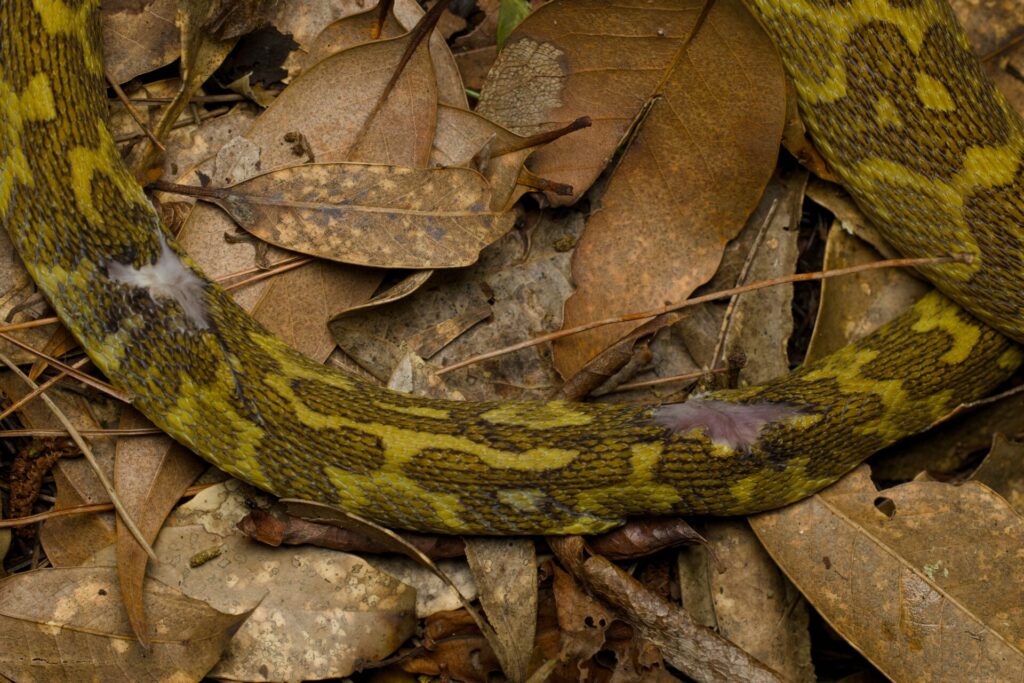
Only 20 meters ahead, I came across a giant Habu pit viper (Protobothrops flavoviridis). Its length was around 2 meters—the largest I have ever seen. The sheer size of its head was overwhelming. Although it moved slowly, a bite from such a snake would be extremely dangerous. At this size, it may even prey on Amami rabbits.
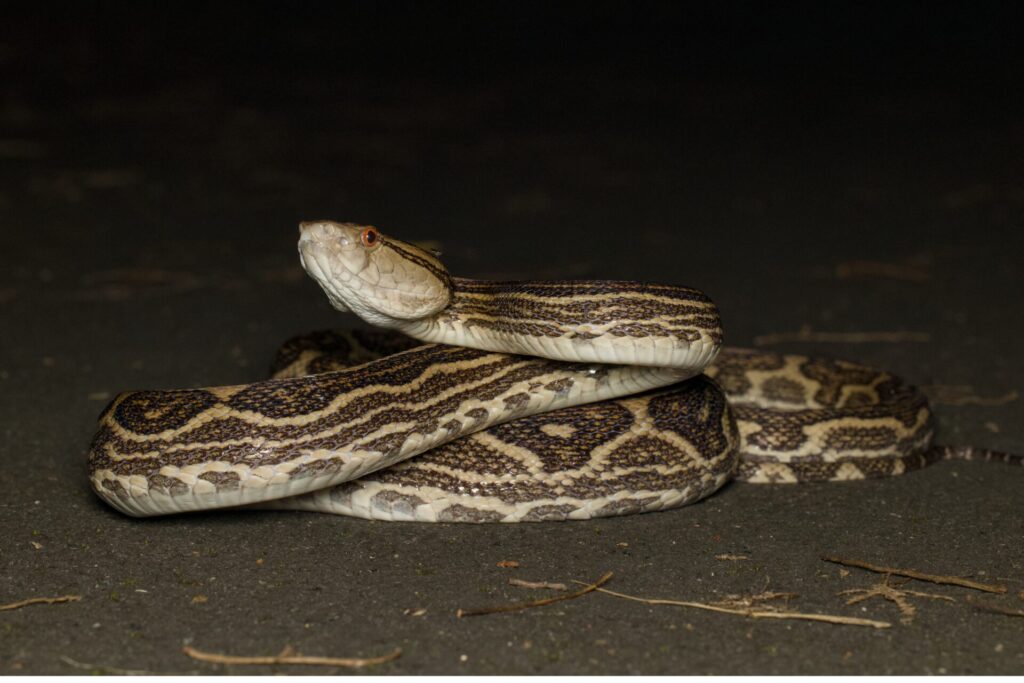
Night Observation: Small Mammals and Amphibians
Another exciting find was the Amami spiny rat (Tokudaia osimensis), an endemic rodent. It moves by hopping with its hind legs together, much like a rabbit.
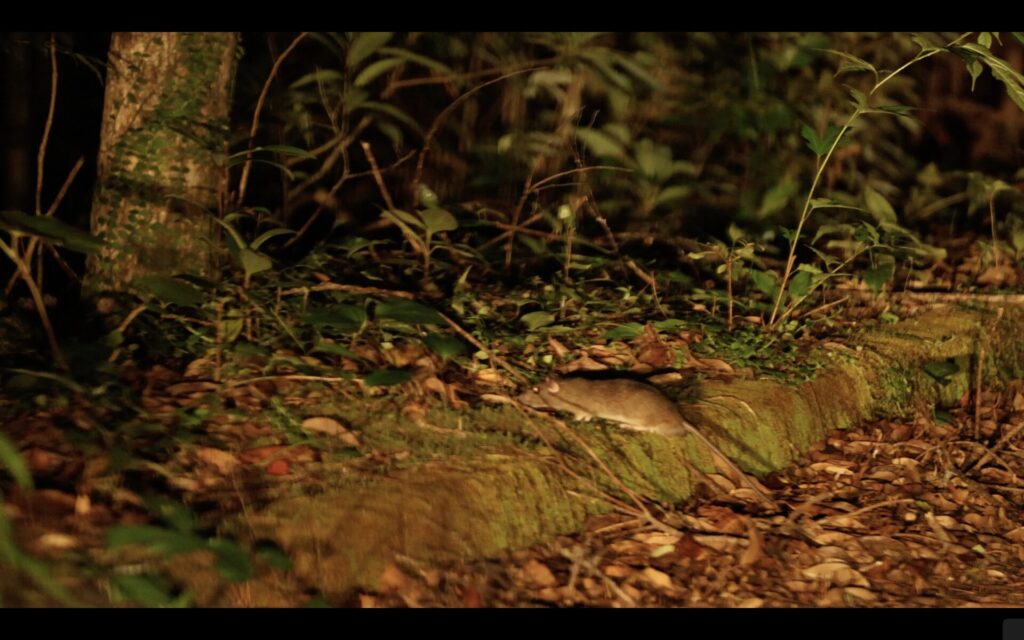
In a forest ditch, I discovered the Amami Ishikawa’s frog (Odorrana splendida), often called the most beautiful frog in Japan. Adults can grow up to 13 cm, but this one was a young frog about 4 cm long. Younger individuals have even more vivid colors, and the contrast with the fallen leaves was stunning.
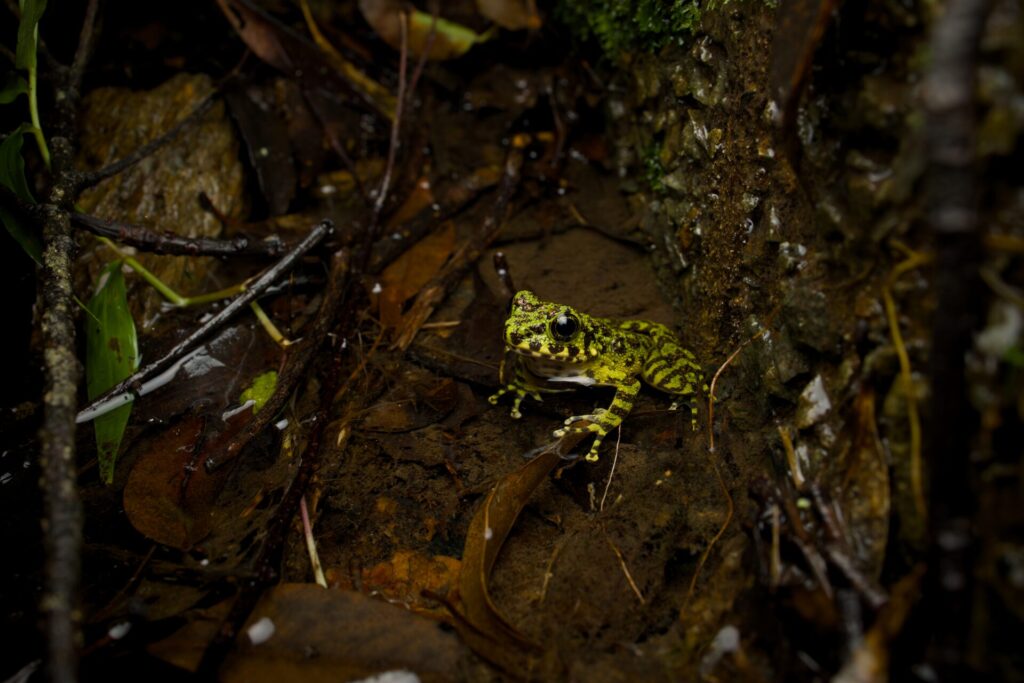
I also observed the Amami tip-nosed frog (Odorrana amamiensis), groups of Amami Sword-tail newt(Cynops ensicauda ensicauda), and even a black rat (Rattus rattus) before boarding the early morning ferry to Tokunoshima.
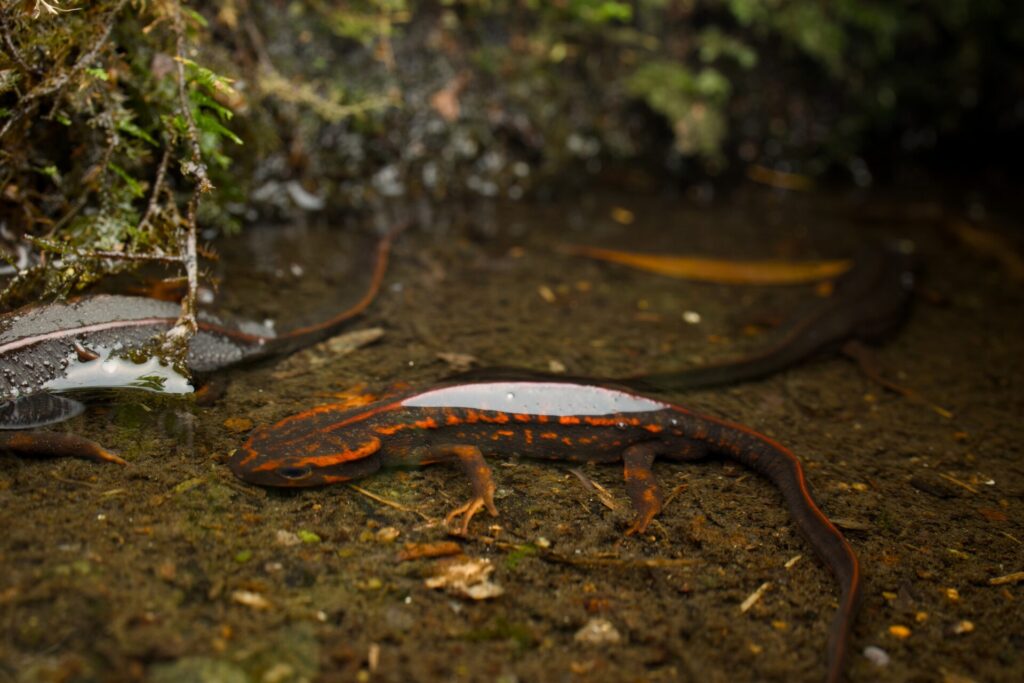
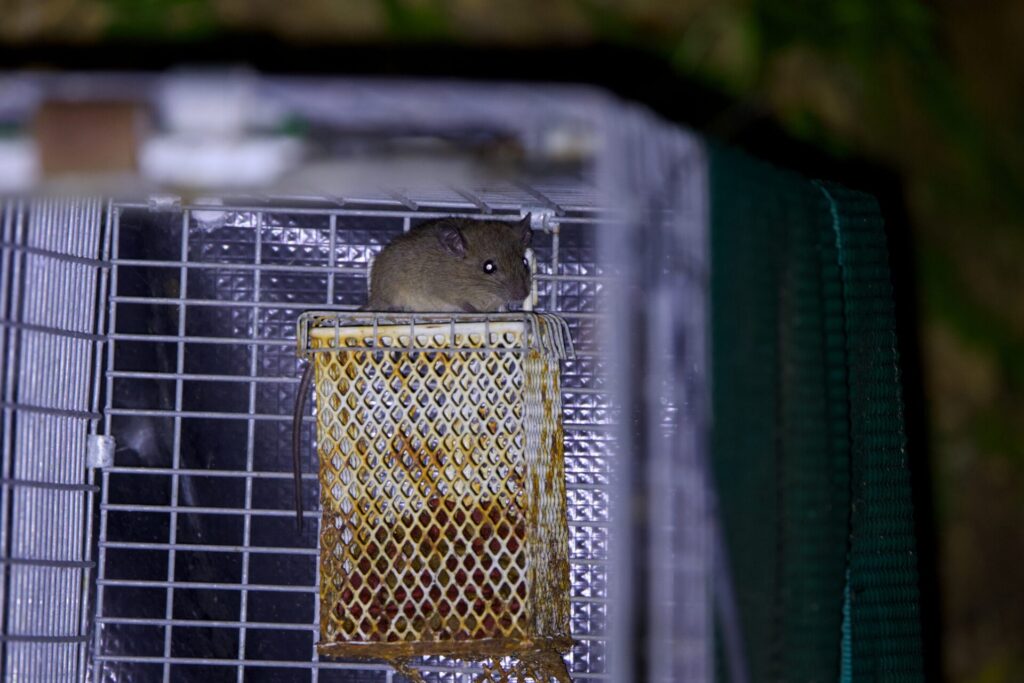
Summary
Due to a ferry cancellation, my three-night plan was shortened to just one night, so I couldn’t cover everything I wanted. Still, that’s part of the adventure of wildlife travel. I hope to return to Amami Oshima again someday.

